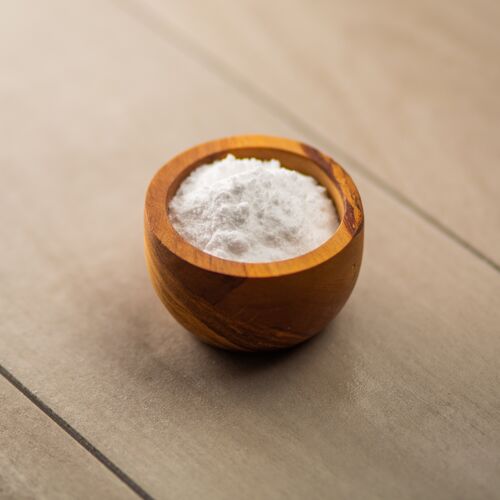The Journey of Sugarcane: From Harvest to Everyday Products
The journey of sugarcane is a complex process that begins with careful growing and finishes in a range of products that permeate our daily lives. As we discover the various elements of sugarcane's journey, its duty in sustainability and the wider implications for our atmosphere come into sharper emphasis.
Growing of Sugarcane
The farming of sugarcane is a vital farming procedure that needs details ecological conditions and management methods. Optimum growth occurs in subtropical and exotic regions where temperatures range between 20 ° C and 32 ° C. Adequate rainfall or watering is important, as sugarcane flourishes in wet soil with well-drained conditions (sugarcane product). Soil top quality considerably influences return; thus, farmers usually perform soil examinations to establish nutrient demands
Growing generally happens in rows, making use of stem cuttings known as setts, which are planted flat. This approach facilitates effective collecting and maximizes sunlight exposure. Crop turning and intercropping are advised techniques to enhance soil fertility and decrease bug problems. Farmers employ integrated pest management techniques to reduce chemical inputs while making sure healthy and balanced plant growth.
Timely application of these plant foods can considerably boost sugar returns. In general, successful sugarcane farming hinges on a mix of environmental stewardship, critical planning, and recurring administration techniques.
Gathering Strategies
Successful sugarcane farming culminates in the collecting phase, which is essential for optimizing yield and making sure quality. The timing of the harvest is vital; sugarcane is generally collected when sucrose degrees top, generally between 10 to 18 months after growing. This duration differs based upon climate, soil kind, and sugarcane variety.
Gathering strategies can be generally classified right into manual and mechanical approaches. Hand-operated harvesting is labor-intensive, counting on experienced employees that use machetes to cut the stalks close to the ground. This approach enables selective harvesting, where only the ripest walking sticks are picked, thereby improving general sugar web content.
Conversely, mechanical harvesting has acquired popularity because of its performance and cost-effectiveness. Specialized farmers equipped with cutting knives and conveyor systems can process big areas swiftly, dramatically lowering labor costs. This technique might lead to the addition of immature walking sticks and a prospective reduction in sugar high quality.

Despite the technique employed, ensuring that harvested walking canes are moved swiftly to refining facilities is vital. Prompt handling decreases perishing and maintains the honesty of the sugarcane, setting the stage for optimum handling.
Processing Methods
Handling sugarcane includes several critical actions that transform the harvested stalks right into functional products, largely sugar and molasses. The preliminary stage is cleaning the walking stick to remove dirt and particles, followed by the removal of juice through squashing or milling. This procedure typically employs hefty rollers that break the walking cane fibers to release the pleasant liquid contained within.
As soon as the juice is extracted, it undertakes information, where impurities such as dirt particles and bagasse are eliminated. This is frequently attained by adding lime and warming the juice, allowing sedimentation. The made clear juice is then focused via evaporation, where water web content is decreased, causing a thick syrup.

Eventually, the processing of sugarcane not just generates sugar and molasses but likewise lays the foundation for various derivatives, which will pop over here certainly be explored in subsequent discussions.
Products Derived From Sugarcane
Sugarcane is a functional plant that yields a large selection of items beyond just sugar and molasses. Among the main byproducts are ethanol and biofuels, which have acquired importance as renewable resource sources. Ethanol, created with the fermentation of sugarcane juice, works as a different to fossil fuels and is typically combined with fuel to develop visit this site right here cleaner-burning gas, reducing greenhouse gas emissions.
Furthermore, sugarcane is a considerable resource of bagasse, the coarse deposit staying after juice removal. Bagasse is made use of in numerous applications, consisting of the manufacturing of paper, eco-friendly product packaging, and as a biomass gas for power generation. Its usage not just minimizes waste however likewise improves the sustainability of sugarcane handling.
Furthermore, sugarcane-derived items include the food market, where it functions as a natural flavor representative and sweetener in various cooking applications. In the world of cosmetics, sugarcane essences are incorporated right into skin care products due to their all-natural exfoliating properties.
Ecological Effect and Sustainability
The cultivation and handling of sugarcane have considerable implications for ecological sustainability. This plant requires significant water sources, typically resulting in exhaustion of neighborhood water materials and impacting surrounding ecological communities. In addition, the use of plant foods and pesticides in sugarcane farming can result in dirt degradation and river pollution, posturing dangers to biodiversity.

Sustainable sugarcane farming likewise advertises dirt health with plant turning and decreased husbandry, boosting carbon sequestration. The adoption of these practices not only sustains ecological integrity but likewise boosts the strength of farming communities against climate adjustment.
Final Thought
In recap, the trip of sugarcane includes different phases from growing to processing, ultimately leading to a large selection of items. The significance of Recommended Reading sugarcane extends beyond simple sweeteners, contributing to renewable resource via ethanol manufacturing, lasting product packaging using bagasse, and all-natural removes for cosmetics. This complex plant plays an essential role in both dietary enrichment and environmental sustainability, highlighting its significance in contemporary agricultural and industrial practices.
Successful sugarcane farming finishes in the collecting stage, which is crucial for maximizing yield and ensuring quality. The timing of the harvest is crucial; sugarcane is typically harvested when sucrose degrees optimal, normally in between 10 to 18 months after planting.Processing sugarcane entails numerous important steps that transform the collected stalks right into functional products, primarily sugar and molasses.Sugarcane is a functional plant that produces a wide array of items beyond just sugar and molasses. In addition, the usage of fertilizers and chemicals in sugarcane farming can result in dirt deterioration and waterway air pollution, presenting risks to biodiversity.